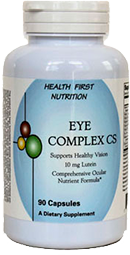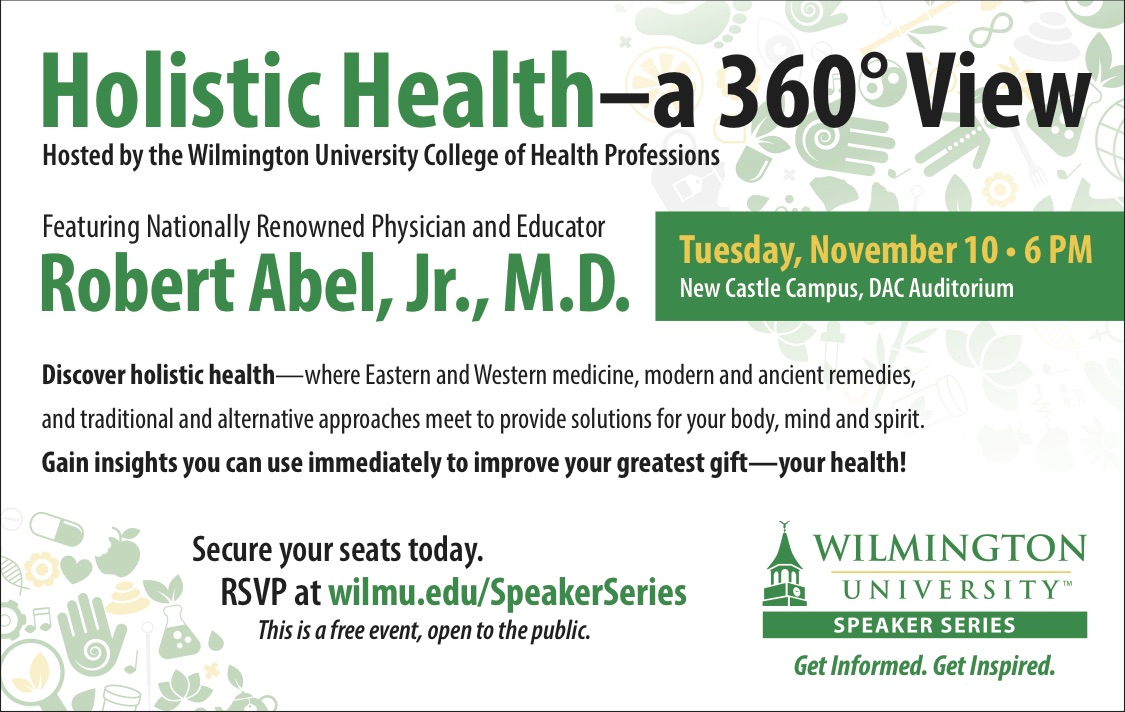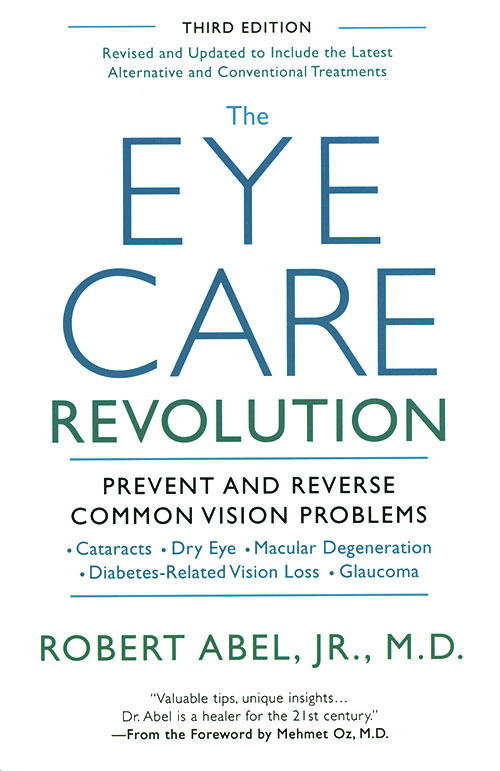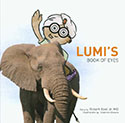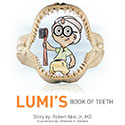How to Prevent Pink Eye & Conjunctivitis
The winter is the time many of us find that we are in close quarters with people sniffling and sneezing. Fresh fruits and vegetables are not abundant and immunity may be low. But there are things we can do to prevent colds and pink eye (caused by a variety of viruses).
For prevention of colds and pink eye:
- Minimize crowd exposure. Don’t breathe deeply in public. Consider wearing a mask on public transportation, especially if your immunity is very low.
- Avoid touching nose and eyes after contacting other people’s hands, pens or even money. Remember to wash hands frequently.
- Wipe off the phone with alcohol.
- Get plenty of rest.
- Limit simple refined sugars (like candy and sodas).
- Drink lots of water.
- Take vitamin C (1000 mg) daily and zinc (15-30 mg) daily.
- Check your vitamin D 3 blood level and take 2000 – 4000 IU of vitamin D daily.
- Vaccination is an option depending on your philosophy.
What to do when you develop symptoms of a cold or pink eye:
- Double up on vitamin C.
- Take Echinacea for six days.
- Avoid rubbing the involved eye and touching the other eye. Rubbing may force the virus deeper into the conjunctiva and increase the severity of the condition. Better to dab and use cold compresses.
- Contact your eye physician and consider using Povidone iodine solution or application. Your eye doctor will assist in the choice of drops.
- Don’t share towels.
- Keep in mind that there are other causes of red eyes.
- Tamiflu may be helpful if taken early in the course of the illness.
During the winter be a samurai and avoid people coughing in your face. Consider home-made chicken soup and don’t rub your eyes, because you do not know what you just touched beforehand. Think prevention!
Winter Eyes
Summertime is often seen as a time when we must be aware of eye safety. But the winter season also brings its own set of risks to our eyesight and the general health of our eyes. This time of year, we need to be careful of several risky elements, including the sun, weather related injuries and infection. I will recommend protection, prevention and plain common sense.
- Protect your eyes from cold and sunlight. Even though it is winter, the sun reflects off the snow, so UV protection sunglasses (or UV coated regular glasses) will protect you when walking, shoveling or skiing.
- Protect your eyes from indoor dryness. Indoor heat and lack of humidity can make eyes feel like sandpaper when you first wake up or throughout the day. Drink lots of good water (six glasses a day, if possible) and use artificial tears if necessary. Taking DHA supplements (200-500 mg daily with a meal and a multivitamin) will stabilize your dry eyes.
- If taking part in winter sports, make sure you have proper protection for your eyes in the form of goggles or safety glasses. If you get something in your eye, try repeated blinking to allow your eye to naturally remove the irritating material, or gentle eye irrigation. If that is unsuccessful, see an eye doctor.
- Blink and move your eyes while you are working at the computer or concentrating on printed material for a long time.
- Avoid Seasonal Affective Disorder (SAD Syndrome) by getting some exposure to natural light. There are artificial lights (not in the UV range of course) that will help energize you if you are susceptible to winter doldrums and depression.
- Eat right for your eyes and body. Make sure you have enough fat, protein and vitamins in your daily diet. view my pages on Foods for Sight and Vitamins.
- Keep regular hours and get plenty of sleep, so you can relax your body and rebuild your retinal receptors in the dark.
- Be especially strict about regular hand washing. Winter is the time viruses and bacterial infections that can infect your eyes. A simple regimen of careful hand washing goes a long way toward fighting this danger.
- Don’t forget to get regular exercise– at whatever level that works for you. Stretch and breathe.
- And think positive…Spring will soon be here.
Itching For Answers
With the coming of Spring and Summer comes the rebirth of the plant world. And with that, for many of us, comes itchy eyes and runny noses. Allergies generally indicate that we have become increasingly sensitive to airborne and contact allergens. Allergens are proteins that cause a sensitivity reaction in tissues upon contact.
In order to protect ourselves from foreign chemicals in our environment our bodies have learned to react to those things that land in the eye, nose, skin or digestive track.
The result of this contact is that mast cells, which are located in mucous membranes of the eyes, ears, nose, sinuses and respiratory tract, release histamine. This causes inflammation with the symptoms of itching, swelling, redness and tearing of the eyes, all of which are often clumped under the catch-all of “hay fever.”
Types of sensitivities may include:
- Natural environment: seeds, pollen and dust-related sensitivities.
- Pollutants: chemical and paint vapors, tobacco smoke, and air pollution.
- Direct contact sensitivities: sprays, lotions, bugs, and pet dander.
- Sinus trouble: Often related to food allergy (dairy or wheat).
- Chronic blepharitis: inflammation of the eyelid related to buildup of oils, scales, bacteria or dry eyes.
So you need to be a medical detective to look for the source of your symptoms and have your doctor help you select from the following therapies.
Immediate treatment options
Antihistamine eye drops (if applied within an hour) will battle histamine that is released during the allergic reaction. Less potent antihistamine drops can be obtained over the counter, while stronger ones require a prescription. Antihistamine drops in combination with vasoconstrictors (which help get the red out) should not be used throughout an entire allergy season, because the redness will come back.
Mast cell stabilizers are prescription eye drops. These can be used on a regular twice-daily regimen to prevent the release of histamine even before the eye symptoms begin. Cortisone eye drops come in either strong or weak concentrations. The weaker ones are not well-absorbed into the eye, and therefore, even with continual use, are less likely to cause cataract or increased ocular pressure. The stronger steroids, with the exception of Lotemax, are more prone to increase side effects with long-term use, and should be limited to short-term therapy. Alrex is the only FDA approved steroid for long-term allergy usage.
Antihistamines by mouth are effective for runny nose and sinus symptoms, but may cause drowsiness. Likewise, cortisone by mouth should be reserved for severe problems such as poison ivy, asthma, or both eyes being swollen shut.
Long -term treatment options
Track down the cause and consider allergy testing. Change the indoor environment if you are allergic to dust, pollen and pet dander. Remove rugs from the bedroom and consider an air purifier.
Look at foods and supplements that enhance your immunity. These include vitamin C (1,000 to 2,000 mg daily), and a multivitamin that includes selenium and zinc. Take a natural antihistamine, such as the bioflavinoid Quercetin (1,000 mg) and vitamin C (1000 mg) daily. Two drops of cayenne pepper (eg. Tobasco sauce) under the tongue may alleviate nasal congestion within minutes. If you can find peppermint oil, add a couple drops to a tissue and breath into it deeply.
Strengthen your bowel function, especially by adding good bacteria into your system. Take pro-biotics, such as lactobacillus or acidophilius on an empty stomach. 50-70% of lymphacytes are in the gut at any one time. They often sensitize us to foreign materials, especially if our mucus membranes are weak and we have bad bacteria. Probiotics will change the bacterial colonies.
Try to prepare for the outdoor environment if you suffer from seasonal allergy. Check the pollen counts in your area so that you know how to start your day. The American Academy of Allergy, Asthma and Immunology offers this service as does Surveillance Data Inc.
Drink at least six glasses of water a day. This washes away contaminants and replenishes tears. I advise substituting water for soft drinks and artificial sweeteners. Follow a diet rich in fruits and vegetables.
The herb stinging nettles is an excellent way to eradicate allergic symptom when taken daily. Try it yourself and find out.
There are enough options to treating allergies. Consult your doctor, pharmacist and your nutritionist so that you can develop an effective therapeutic menu that will control your hay fever and allow you to enjoy the coming seasons.
Tearing And Red Eye
Many people do not know the variety of conditions that can create sudden or chronic tearing. The following conditions can involve one or both eyes:
- Pink Eye or Conjunctivitis.
- Blocked punctum: The punctum is the entry point to the outflow pathway of tears on the inner aspect of the upper and lower lid margins. Each punctum connects to ducts that lead to the lacrimal sac, which connects to the naso-lacrimal duct and empties into the nose.
- Blocked naso-lacrimal duct: This is caused by infection in the lacrimal sac or a broken nose.
- Eyelashes turned inward: abnormal lashes can grow inward from a previous sty.
- Abnormal eyelid position: The eyelid can turn in (a spastic entropion) or turn out (a flacid ectropion).
- Unusual sensitivity to cold: The cornea possesses both pain and cold fibers.
- Corneal infection or scar: This is probably the most severe condition on the list and needs immediate evaluation.
- Inability to close eyelids: can occur after a stroke or Bell’s Palsey.
- Dry eyes: Believe it or not a very dry eye can be so irritated that the reserve source of tears (lacrimal gland) empties profusely.
Often people can figure out the origin of their tearing. But a good eye examination is essential and should reveal a simple cause and suggestions for therapy. Occasionally you may need to see an oculoplastic specialist. So don’t just sit there and suffer.
Fireworks
Every year at this time, eye doctors see injuries to eyes that are avoidable. Combine crowds and darkness with sparks, fire and swiftly moving objects, and the chance for injury soars. But eye injuries can be avoided with a few proper tips. Teach your children that eyes are frequently injured because their eyes are exposed to the all activities and are unprotected. More than one percent of all emergency room visits are due to eye injuries. Many fireworks injuries are the result of people peering at what they thought were dud fireworks.
- Don’t ever use fireworks at home. Fireworks displays are best left to professionals, who are aware of all the safety measures that must be in place to avoid injuries. Explosives are not playthings.
- If you insist on putting on your own display, prohibit children from getting near the fireworks.
- Wear safety glasses in laboratories, construction areas, racquet sports and even in the garden. Read all instructions for home and industrial equipment.
- Set a safe example. Repeat instructions and make sure alcohol is not involved. Alcohol slows reaction times and clouds judgment. In that regard, aim your champagne bottle away from your face.
- In the event of an eye injury, call an ophthalmologist or visit an emergency room immediately. Until seen by a medical professional, keep the effected eye closed or patched.
- An ounce of prevention will pay off in a lifetime of good vision.
Back To School
As the new school year rolls around it’s time for all of us to take inventory for what we need, what we have and what we definitely do not want. It’s important for the kids to be prepared, protect their vision and bring home as few microscopic critters as possible.
As far as vision goes take note of what your child or student may tell you or how they may act. They may express one of the following:
- Blurred vision
- Rubbing or squinting
- Headaches
- Lack of attention
- Skipping letters or words
These may be an indication of vision difficulties or even head trauma if associated with dizziness, drowsiness or nausea.
Flu and cold precautions are important. Children and parents should try to avoid contact with people who are coughing and crowds during the fall and winter season. Pink eye and other colds are contagious, so frequent hand washing (because people often rub their own eyes) is an excellent habit. In terms of infections and unusual behavior don’t overlook insect bites and rashes.
Good communication in the family is important. Parents should recommend a daily multivitamin and Omega 3 fatty acids for themselves and their children (different doses). Vitamin D supplementation in the range of 1000-4000 IU improves immunity and reduces infections even to organisms such as TB. Quercetin (1000 mg) also improves immunity in general. Ask your doctor about appropriate dosage for your child.
Make sure your child gets adequate sleep in order to boost performance and immunity.
Good luck in the school year!

